The death of cosmology in an age of chaos.
The new tension, centered around a value for cosmic lumpiness known as S8, could join the Hubble tension in dethroning our best picture of how the universe evolved.
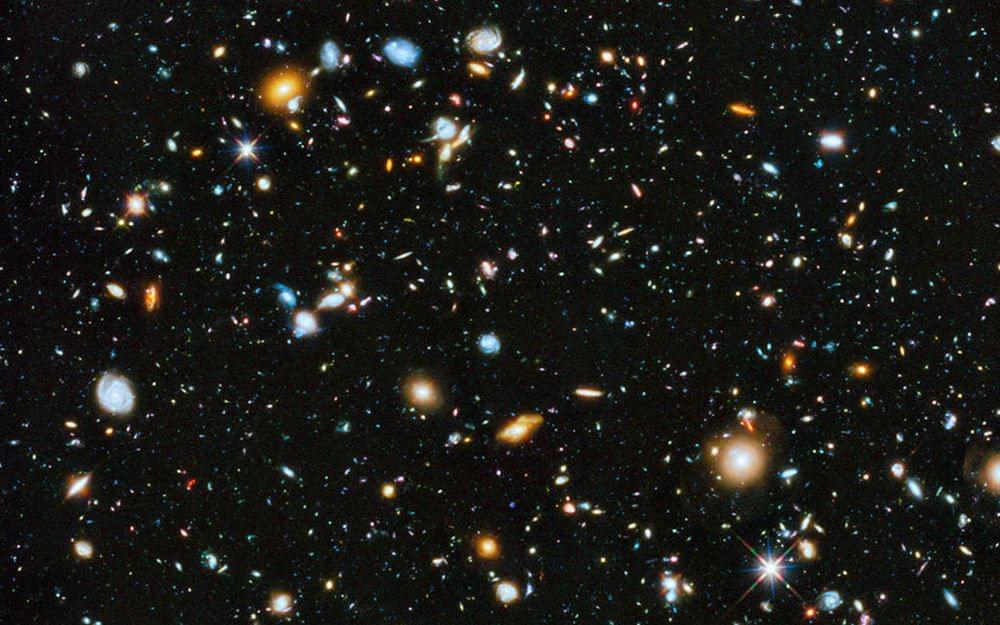
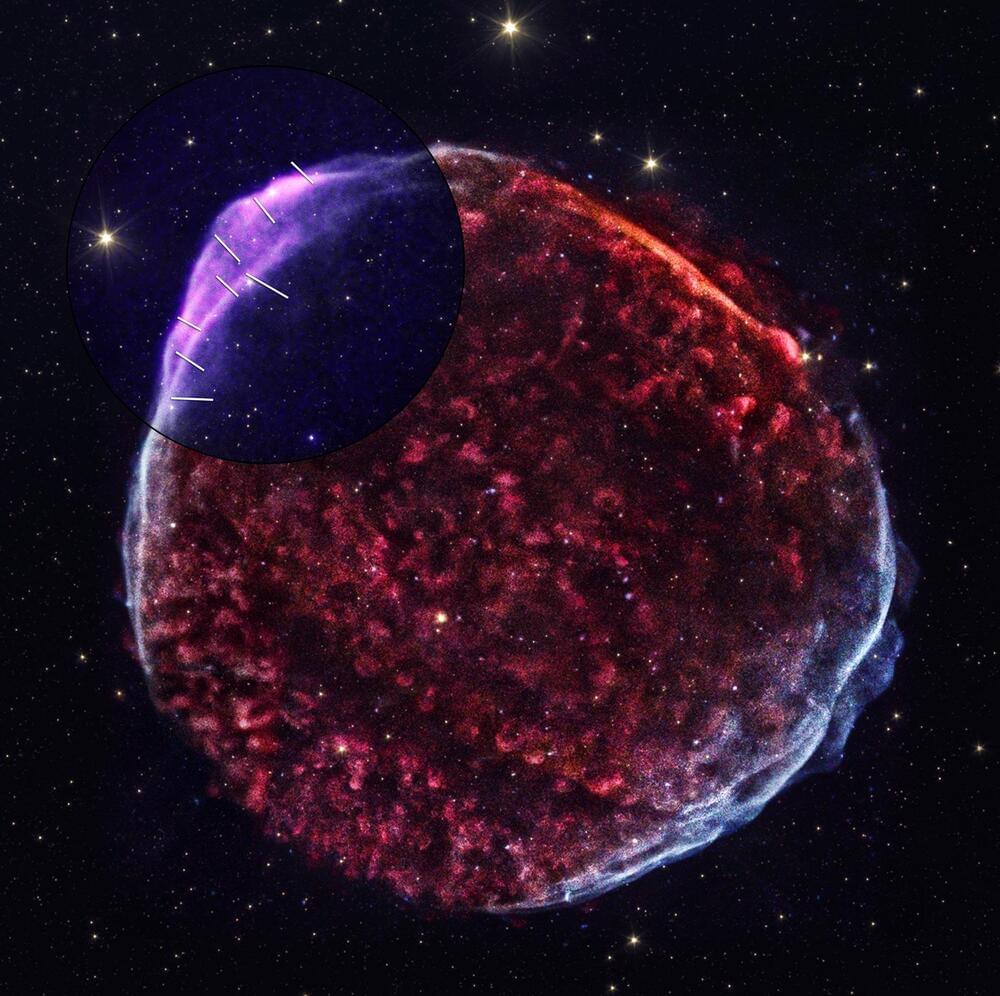
SN 1,006, a supernova observed over a millennium ago, has been extensively studied using NASA ’s Chandra and IXPE telescopes, revealing critical details about its magnetic field and particle acceleration, contributing to our understanding of cosmic rays.
When the object now called SN 1,006 first appeared on May 1, 1006 A.D., it was far brighter than Venus and visible during the daytime for weeks. Astronomers in China, Japan, Europe, and the Arab world all documented this spectacular sight, which was later understood to have been a supernova. With the advent of the Space Age in the 1960s, scientists were able to launch instruments and detectors above Earth’s atmosphere to observe the Universe in wavelengths that are blocked from the ground, including X-rays. The remains of SN 1,006 was one of the faintest X-ray sources detected by the first generation of X-ray satellites.
Recent observations with nasa’s x-ray telescopes.
In 2022, scientists from Northwestern University presented novel observational data indicating that long gamma-ray bursts (GRBs) might originate from the collision of a neutron star with another dense celestial body, such as another neutron star or a black hole — a finding that was previously believed to be impossible.
Now, another Northwestern team offers a potential explanation for what generated the unprecedented and incredibly luminous burst of light.
After developing the first numerical simulation that follows the jet evolution in a black hole — neutron star merger out to large distances, the astrophysicists discovered that the post-merger black hole can launch jets of material from the swallowed neutron star.
PBS Member Stations rely on viewers like you. To support your local station, go to: http://to.pbs.org/DonateSPACE
↓ More info below ↓
Sign Up on Patreon to get access to the Space Time Discord!
/ pbsspacetime.
Check out the Space Time Merch Store.
https://pbsspacetime.com/
Sign up for the mailing list to get episode notifications and hear special announcements!
https://mailchi.mp/1a6eb8f2717d/space… we detected the very first gravitational wave, a new window was opened to the mysteries of the universe. We knew we’d see things previously thought impossible. And we just did — an object on the boundary between neutron stars and black holes, which promises to reveal the secrets of both. Hosted by Matt O’Dowd Written by Matt O’Dowd Graphics by Leonardo Scholzer, Yago Ballarini, & Pedro Osinski Directed by: Andrew Kornhaber Camera Operator: Bahaar Gholipour Executive Producers: Eric Brown & Andrew Kornhaber Previous Episodes Referenced: Ligo’s First Detection of Gravitational Waves: • LIGO’s First Detection of Gravitation… The Future of Gravitational Waves:
• The Future of Gravitational Waves How to build a black hole
• How to Build a Black Hole Strange Stars —
• Strange Stars | Space Time | PBS Digi… Special Thanks to Our Patreon Supporters Big Bang Supporters Robert Doxtator Ahmad Jodeh Caed Aldwych Radu Negulescu Alexander Tamas Morgan Hough Juan Benet Fabrice Eap David Nicklas Quasar Supporters Alec S-L Christina Oegren Mark Heising Vinnie Falco Hypernova Supporters william bryan Julian Tyacke Syed Ansar John R. Slavik Mathew Danton Spivey Donal Botkin John Pollock Edmund Fokschaner Joseph Salomone Hank S Matthew O’Connor chuck zegar Jordan Young John Hofmann Timothy McCulloch Gamma Ray Burst Supporters fieldsa eleanory Cody Lubinsky Peter Mertz Elliot Azizollahi Kevin O’Connell Bryan Dawley Richard Deighton Isaac Suttell Devon Rosenthal Oliver Flanagan Mikhail Klakotskiy Dawn M Fink Bleys Goodson Darryl J Lyle Robert Walter jechamt Bruce B Ismael Montecel M D Mark Daniel Cohen Andrew Richmond Simon Oliphant Mirik Gogri David Hughes Aria Ahmad Brandon Lattin Yannick Weyns Nickolas Andrew Freeman Protius Protius Brian Blanchard Shane Calimlim Tybie Fitzhugh Patrick Sutton Robert Ilardi Eric Kiebler Tatiana Vorovchenko Craig Stonaha Michael Conroy Graydon Goss Frederic Simon Greg Smith Sean Warniaha Tonyface John Robinson A G Kevin Lee Nick Wright Adrian Hatch Paul Rose Yurii Konovaliuk John Funai Cass Costello Geoffrey Short Bradley Jenkins Kyle Hofer Tim Stephani Luaan AlecZero Malte Ubl Nick Virtue Scott Gossett David Bethala Dan Warren John Griffith Daniel Lyons Josh Thomas DFaulk Kevin Warne Andreas Nautsch Brandon labonte.
When we detected the very first gravitational wave, a new window was opened to the mysteries of the universe. We knew we’d see things previously thought impossible. And we just did — an object on the boundary between neutron stars and black holes, which promises to reveal the secrets of both.
Hosted by Matt O’Dowd.
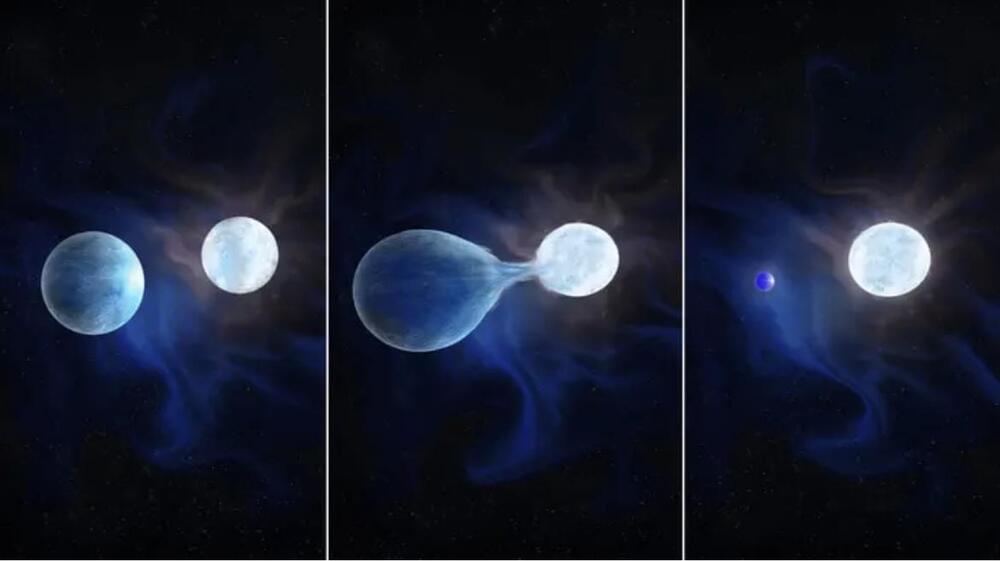
Observing these types of stars is rare; only one was previously identified. Now, researchers have found a whole population of these stars in the Large and Small Magellanic Clouds, relatively nearby satellite galaxies of the Milky Way. The finding may give insight into hot helium stars, which are thought to be the start of neutron star mergers and hydrogen-poor core-collapse supernovae. The study was published this month in Science.
“Our work sheds light on these fascinating relationships, revealing a universe that is far more interconnected and active than we previously imagined,” says Bethany Ludwig, a PhD candidate at the University of Toronto and coauthor of the study, in a press release. “Just as humans are social beings, stars too, especially the massive ones, are rarely alone.”
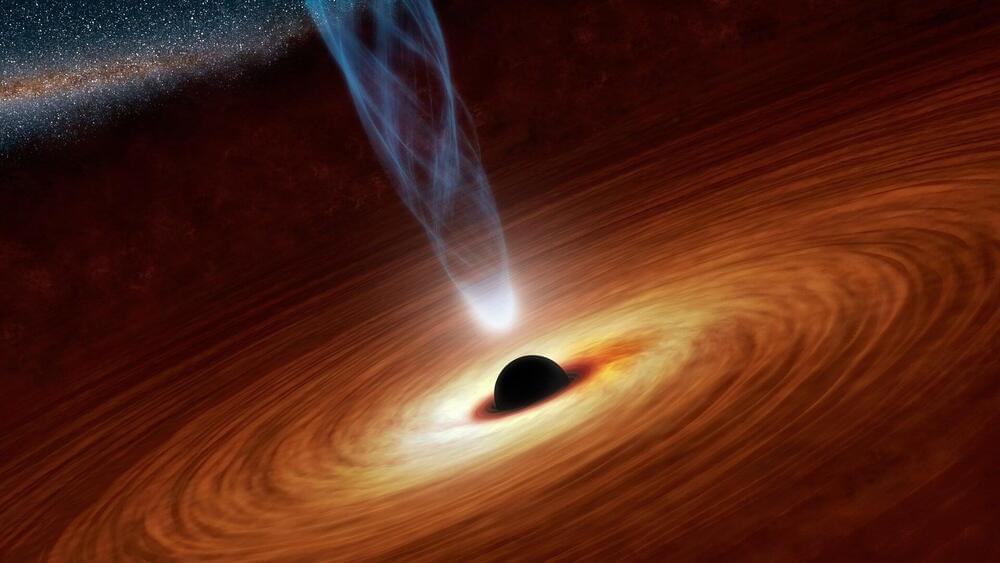
In 2015, the LIGO/Virgo experiment, a large-scale research effort based at two observatories in the United States, led to the first direct observation of gravitational waves. This important milestone has since prompted physicists worldwide to devise new theoretical descriptions for the dynamics of blackholes, building on the data collected by the LIGO/Virgo collaboration.
Researchers at Uppsala University, University of Oxford, and Université de Mons recently set out to explain the dynamics of Kerr black holes, theoretically predicted black holes that rotate at a constant rate, using theory of massive high-spin particles. Their paper, published in Physical Review Letters, specifically proposes that the dynamics of these rotating black holes is constrained by the principle of gauge symmetry, which suggests that some changes of parameters of a physical system would have no measurable effect.
“We pursued a connection between rotating Kerr black holes and massive higher-spin particles,” Henrik Johansson, co-author of the paper, told Phys.org. “In other words, we modeled the black hole as a spinning fundamental particle, similar to how the electron is treated in quantum electrodynamics.”
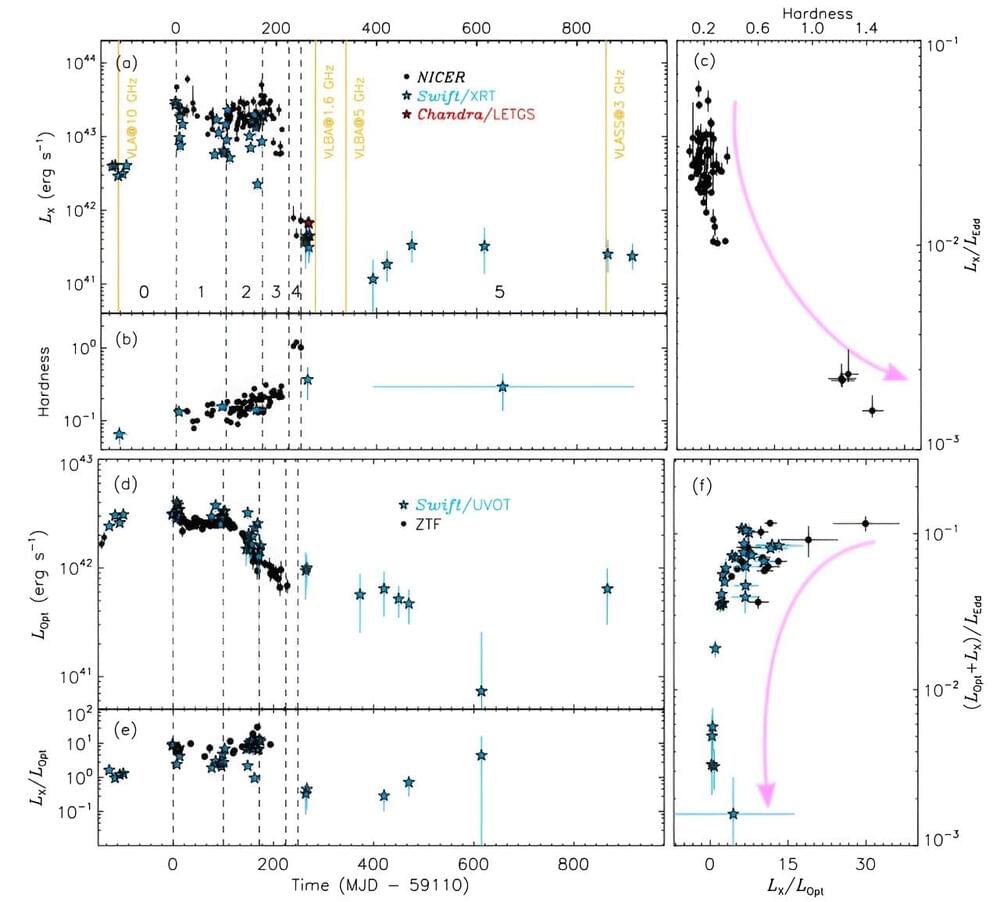
An international team of astronomers has employed a set of space telescopes to observe a peculiar nuclear transient known as AT 2019avd. Results of the observational campaign, presented in a paper published December 21 on the pre-print server arXiv, deliver important insights into the properties and behavior of this transient.
Nuclear astrophysics is key to understanding supernova explosions, and in particular the synthesis of the chemical elements that evolved after the Big Bang. Therefore, detecting and investigating nuclear transient events could be essential in order to advance our knowledge in this field.
At a redshift of 0.028, AT 2019avd is a peculiar nuclear transient discovered by the Zwicky Transient Facility (ZTF) in 2009. The transient has been detected in various wavelengths, from radio to soft X-rays, and has recently exhibited two continuous flaring episodes with different profiles, spanning over two years.
Did you know that Einstein’s most important equation isn’t E=mc^2? Find out all about his equation that expresses how spacetime curves, with Sean Carroll.
Buy Sean’s book here: https://geni.us/AIAOUHn.
YouTube channel members can watch the Q&A for this lecture here: • Q&A: The secrets of Einstein’s unknow…
Become one of our YouTube members for early, ad-free access to our videos, and other perks: / @theroyalinstitution.
This lecture was recorded at the Ri on Monday 14 August 2023.
00:00 Einstein’s most important equation.
3:37 Why Newton’s equations are so important.
9:30 The two kinds of relativity.
12:53 Why is it the geometry of spacetime that matters?
16:37 The principle of equivalence.
18:39 Types of non-Euclidean geometry.
26:26 The Metric Tensor and equations.
32:22 Interstellar and time and space twisting.
33:32 The Riemann tensor.
37:45 A physical theory of gravity.
43:28 How to solve Einstein’s equation.
47:50 Using the equation to make predictions.
51:05 How its been used to find black holes.
The real Einstein’s Equation is part of general relativity, which relates the curvature of spacetime to the mass and energy distributed within it.
When the theoretical physicist Leonard Susskind encountered a head-scratching paradox about black holes, he turned to an unexpected place: computer science. In nature, most self-contained systems eventually reach thermodynamic equilibrium… but not black holes. The interior volume of a black hole appears to forever expand without limit. But why? Susskind had a suspicion that a concept called computational complexity, which underpins everything from cryptography to quantum computing to the blockchain and AI, might provide an explanation.
He and his colleagues believe that the complexity of quantum entanglement continues to evolve inside a black hole long past the point of what’s called “heat death.” Now Susskind and his collaborator, Adam Brown, have used this insight to propose a new law of physics: the second law of quantum complexity, a quantum analogue of the second law of thermodynamics.
Also appearing in the video: Xie Chen of CalTech, Adam Bouland of Stanford and Umesh Vazirani of UC Berkeley.
00:00 Intro to a second law of quantum complexity.
01:16 Entropy drives most closed systems to thermal equilibrium. Why are black holes different?
03:34 History of the concept of “entropy” and “heat death“
05:01 Quantum complexity and entanglement might explain black holes.
07:32 A turn to computational circuit complexity to describe black holes.
08:47 Using a block cipher and cryptography to test the theory.
10:16 A new law of physics is proposed.
11:23 Embracing a quantum universe leads to new insights.
12:20 When quantum complexity reaches an end…the universe begins again.
Thumbnail / title card image designed by Olena Shmahalo.
- VISIT our Website: https://www.quantamagazine.org.
Claim your SPECIAL OFFER for MagellanTV here: https://try.magellantv.com/historyoftheuniverse. Start your free trial TODAY so you can watch Other Earths: The Search For Habitable Planets, and the rest of MagellanTV’s science collection: https://www.magellantv.com/video/other-earths-the-search-for-habitable-planets.
If you like this video, check out Geraint Lewis´ excellent book, co-written with Chris Ferrie:
Where Did the Universe Come From? And Other Cosmic Questions: Our Universe, from the Quantum to the Cosmos.
AND check out his Youtube channel:
Incredible thumbnail art by Ettore Mazza, the GOAT: https://www.instagram.com/ettore.mazza/?hl=en.
And a huge thanks to the Illustris Collaboration for allowing the use of video footage of their excellent project: